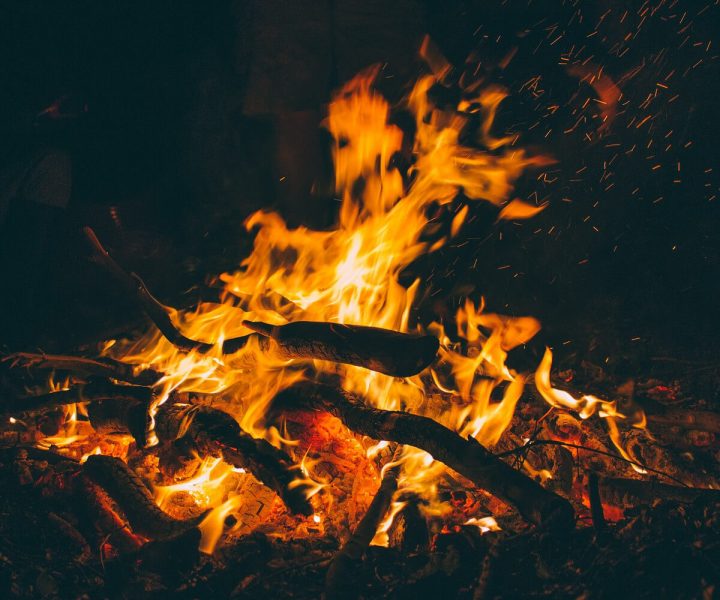
During the past few months, there have been several forest fires in various parts of the country, which makes you realize that a forest fire can happen anywhere. Unfortunately, most fires are caused by accidental human error, and since outdoor activities are on the rise, the danger of it happening also increases.
Read on for proper campfire techniques and safety tips so you can do your part for the planet and save loads of acres of wilderness.
Location, location, location
Same as with real estate, location is key for your campfire. We’ve narrowly avoided a disaster when we were camping and accidentally set a dead tree on fire. We thought we were far enough away from it, but an ember got carried away with the wind and hit the dry and dead wood.
Thankfully, we were able to put out the fire quickly, but you might not be so lucky. Therefore, before starting your campfire, look for any nearby ignition sources, both on the ground and above you. And remember that thick pine needles on the ground can quickly catch and spread a flame.
Clear your area
When you’ve found the right spot that’s not around any nearby ignition sources, clear out a circular area (preferably around 10 to 15 feet around), downwind from your gear, tent, and any potential hazards. The wind can change direction though, so if it’s a windy evening, look for a more sheltered spot if you absolutely need a campfire. Otherwise, try and go without.
Bigger isn’t always better
For some campers, the bigger the campfire, the better. While sitting around a massive fire is fun, it can turn into a disaster if not carefully watched and maintained. A smaller fire will always be safer, and there’s no need for a huge fire to give you warmth or to cook your dinner.
Don’t use rocks, build a pit
The problem with using a round stack of rocks to build your campfire is that you need to pile wood on top, leaving you to extinguish more coals and a higher chance of leaving some hot ones. A proper fire pit can be only around two feet wide and ten inches deep. This will give you a scorching fire that will keep you warm, and you can also make sure all the coals have been extinguished when you leave.
Think about your wood
The type of wood you use will mean the difference between a proper and a measly fire. Dead and softwood put out less heat while also burning faster and sending off loads of sparks. On the other hand, hardwoods such as oak or manzanita will provide more heat and burn more slowly, making it safer.
Ensure it’s safe and legal
Before starting your campfire, check the active warnings on the NPS website and double check to make sure its legal to build a fire. Campfire restrictions are there for a reason, so it’s not worth it to take a chance. If it’s all above board, make absolutely sure that the fire is put out before heading out or going to bed.
 Your Privacy Choices
Your Privacy Choices